Strategic workforce planning allows organizations to proactively identify and close skill gaps before they hinder business success. By ensuring the right talent is in place at the right time, companies can effectively execute strategic priorities and stay aligned with long-term goals. This process includes analyzing current workforce capabilities, understanding employee attitudes and barriers, forecasting future skill needs, and taking early action to maintain resilience and adaptability.
While the details of strategic workforce planning can seem overwhelming, the process breaks down into two key components:
Aligning talent with business strategy
Understanding the key benefits of strategic workforce planning
Aligning Talent with Business Strategy
Understanding the current workforce is essential. This involves a comprehensive assessment of existing roles, skills, experience, challenges, and potential. With accurate internal data and workforce insights, leaders can evaluate current capabilities and anticipate future skill needs based on business strategy, market trends, and technological advancements.
The next step is identifying skill gaps. By comparing current workforce capabilities with future needs, managers can pinpoint areas where upskilling or reskilling is required. This process includes developing targeted strategies such as leadership development, succession planning, internal mobility, and strategic hiring to close those gaps effectively.
The future of work demands agility. Strategic workforce planning enables organizations to respond swiftly to changing business conditions by building a flexible, adaptable workforce. The key is to anticipate challenges, act proactively, and implement solutions before the competition does.
The Benefits of Strategic Workforce Planning
Implementing a formal Strategic Workforce Planning process enhances decision-making. By leveraging data-driven insights, organizations can make more informed choices about hiring, training, and development—resulting in more effective and efficient resource allocation.
Having the right people with the right skills in the right roles boosts productivity and efficiency across the organization. By proactively addressing skill gaps and investing in internal talent development, Strategic Workforce Planning (SWP) reduces reliance on external recruitment and contingent labor—ultimately driving down labor costs.
Strategic Workforce Planning also supports improved employee retention. By offering development and advancement opportunities and aligning employees with roles that match their skills and interests, organizations can foster greater engagement and job satisfaction. This, in turn, helps build a more resilient workforce that can adapt to evolving business needs and market conditions.
In today’s rapidly evolving business landscape, Strategic Workforce Planning (SWP) has become essential for organizational success. By intentionally aligning talent with long-term objectives, proactively closing skill gaps, and nurturing internal growth, organizations lay the foundation for a high-performing and agile workforce-one that’s ready to tackle tomorrow’s challenges head-on.
Effective SWP does more than boost productivity and control costs; it drives employee engagement, strengthens retention, and empowers teams to innovate. Organizations that prioritize workforce strategy are not just prepared for change, they’re positioned to lead it. With a robust SWP approach, your organization can stay ahead of the competition, build resilience, and seize new opportunities as they arise.
DaMar Staffing Solutions of Indianapolis is a full-service, contingency-based recruitment firm, focused on administrative and professional staffing for all industries. There are many staffing agencies, but if you want a staffing agency that will work for you as a partner, DaMar is a rare company. With over 20 years of experience, DaMar Staffing Solutions has built a reputation for providing quality service, top-notch professionals, and flexible recruiting solutions for Indiana companies.

